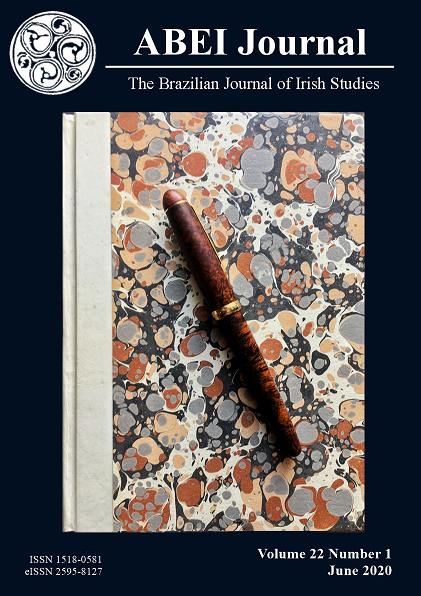Let The Stars Compose Syllables Xul and Neo-Creole
DOI:
https://doi.org/10.37389/abei.v22i1.3858Keywords:
Xul Solar, Alejandro Schulz Solari, Jorge Luis Borges, Neocriollo, Latin American VanguardsAbstract
This article analyzes the neo-creole, a utopian Latin American language, in the midst of the historical avant-garde era, the 1920s and 1930s, although Xul Solar (1887-1963) was faithful to his project until his last days. Neo-Creole is a binding language, basically a mixture of Spanish and Portuguese, thought in terms of a utopia of Latin American brotherhood. Ideologically, it borders on Esperanto. This linguistic production is related to the cosmopolitan aspect of Buenos Aires, a multilingual city with a huge flow of immigrants in the first half of the twentieth century. His two great interlocutors in this invented language have been his wife Lita Cadenas, and Jorge Luis Borges, who wrote several conferences on the painter. Furthermore, this essay mentions the artist’s permanent inventive character: the duodecimal system instead of the decimal (1961 = 1775), the influence of the Kabbalah on his paintings (the pan trees), as well as an impulse to permanent change, the never definitive, fruit of a permanent desire for correction and perfection.
Downloads
Published
Issue
Section
License
Copyright (c) 2020 Jorge Schwartz

This work is licensed under a Creative Commons Attribution-NonCommercial 4.0 International License.


